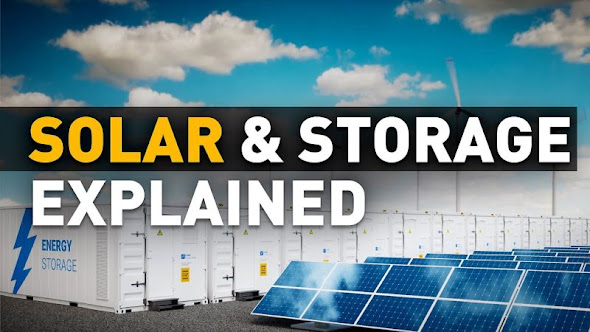A Guide to PV Array BESS Components-Distributed Generation
If you want to know what configurations are contained in the PV Array BESS, it is enough to read this article. PVMARS has been focusing on photovoltaic energy storage technology for 16 years.
With the development and popularization of new energy sources such as photovoltaics, wind energy, and energy storage.
More and more people hope to combine them together to exert more than 100% power generation efficiency.
For example, the 2MW case also uses photovoltaics and energy storage to achieve a reliable and stable power supply.
So how is this power supply achieved? — Different configurations must cooperate to achieve this.
After 16 years of solar energy storage technology research by PVMARS, the following PV Array BESS configuration list is obtained.
- Solar panels
- Ground support/PV bracket
- PV combiner
- Power conversion system (PCS)
- Lithium battery system
- Battery management system (BMS)
- Power management system (PMS)
- Heating, ventilation, and air conditioning (HVAC)
- Dynamic environment monitoring system (controller cabinet)
- Fire suppression system
- Supervisory Control and data acquisition (SCADA)
- Energy management system (EMS)
- Ancillary equipment – Junction boxes, cabling, lighting, sensors, breakers
- Enclosure as container

This is the most complete solar panel array BESS configuration. If part of it is missing, the whole system may become unsafe or impossible to work with.
Next, let’s dive into what each configuration does and why you need them.
Photovoltaic matrix (Solar panels)
Since it is a power supply mode of photovoltaic + energy storage, solar panels must be the shining star.
PVMARS configures junction boxes and MC4 equally for different types of solar panels (PERC type, Half-cell type, and others).
Please refer to the figure below for the connection of solar panels through MC4. Pay attention to the positive and negative poles.
Ground support/PV bracket

Comments
Post a Comment